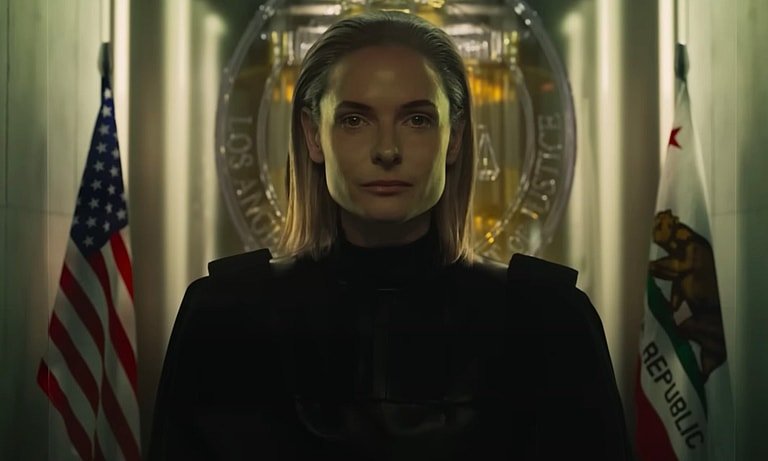Inception (Re-release, 2020)
/It’s unsurprising that Zack Hemsey’s “Mind Heist”—written when the composer was in his mid-20s—has been used again for Inception’s re-release trailer on the occasion of its tenth anniversary. So strong is the “Inception sound” cache that it’s the name of a Toronto recording studio; the origin and ongoing influence of the sound has since been profiled in multiple features, including those by Indie Wire (2013), The Hollywood Reporter (2015), and Longreads (2016). Not to mention the endless variants in trailers!
That such a seemingly simple, two-second sound had such an outsized impact on the entire industry over the past decade deserves scrutiny. For one, it illustrates the increasing prominence of sound designers as stakeholders in the creative process: It was composer Mike Zarin who first worked to devise the sound, which Christopher Nolan helped shape through direction, and this was subsequently taken and incorporated by Hemsey, and finally by the film’s composers, Hans Zimmer, who took credit for the sound and let it influence his overall style.
It points to a few broad trends over the past decade. One is the acknowledgement of a need for a short, repetitive, attention-grabbing facet to a trailer—a need exacerbated by a trailer’s consumption in a mobile-first environment, where the audience is no longer captive. According to a recent interview with Netflix executives, their “Ta-Dum” sound was specifically created with these criteria in mind. This idea of a memorable, repetitive—one might say brand-worthy—sound was a first a distinguishing feature that helped define Inception’s trailer campaign; however, now it’s a standard practice.
Aside from the marketing angle, the Inception sound also represents a key point in the history of trailer music where the music now stylistically tends to occupy a space in the narrative beyond that of a commentator off to the sidelines. Whereas earlier trailers using an orchestral underscore to inhabit and follow the on-screen action, instances of the brassy, horn-like sound—which has also spawned so many variations—are synchronized in key moments, as if the sound were an intrinsic part of it. This increased focus on custom sound design and the ever more intentional pairing of sound and image is likely due at least in part to lower costs and increased creative capabilities afforded by advances in digital film editing and audio workstation technology over the past twenty years. The workflows and creative processes that Mike Zarin and Zack Hemsey describe in the linked articles above would have been much less likely without easy access to powerful personal computers.
Whatever the case, the fact that the re-release trailer still uses “Mind Heist” says much about the enduring appeal of the track and its iconic sound effect, and how much industry influence it continues to have today. While there is sure to be another auditory trend in trailers with as much impact in the future, the legacy of the Inception sound seems all but assured at this point.
— Curtis Perry







